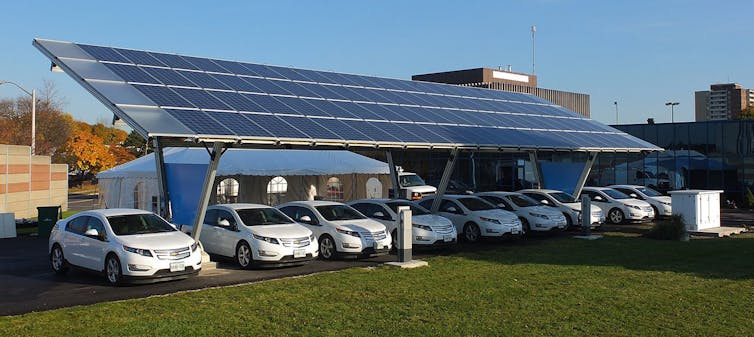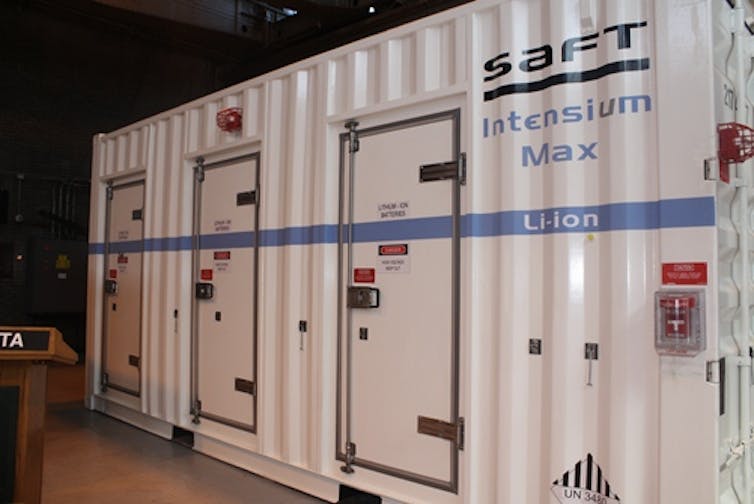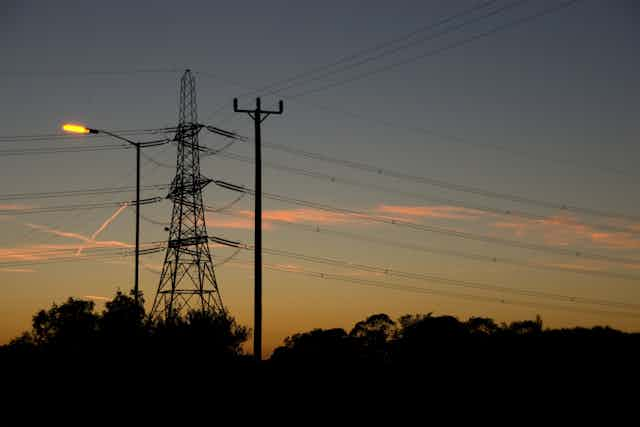In a surprising 6-2 decision, the Supreme Court upheld a controversial energy conservation rule from the Federal Energy Regulatory Commission (FERC), the agency that regulates interstate electricity sales.
The rule was one of those arcane pieces of federal policy so complex that even attorneys arguing for and against had difficulty explaining it. Yet this particular decision by the court is one of the most important in the energy world for many years – not because it upheld a particular FERC rule but because the decision seems to tip the balance of power on electricity policy toward the federal government and away from the states.
The breadth of this decision paves the way for a host of new technologies and business models that seem poised to disrupt the usually staid business of electric utilities and usher in a more technologically advanced power grid. At the same time, the ruling sidestepped a number of thorny questions at the heart of state versus federal control over the power grid.
Getting paid to save energy
The FERC rule allows homes and businesses to get paid for energy conservation when demand on the power grid is very high, a practice known as demand response in the electricity business. Demand response has been around for years even before the case was heard by the Supreme Court, and has been credited with keeping power costs down and even with avoiding blackouts.
For example, on hot summer afternoons when the air conditioner load soars, consumers and businesses can sign up for utility programs to turn up thermostats for short periods and, in return, receive a rebate. By arranging to consume less power during those critical times, grid operators can avoid purchasing costly power from very polluting generators.
Critics of the practice have complained that payments in the demand response market have been so lucrative as to amount to a major subsidy for electricity users, one that has eroded the profits of power plants to the point where (ironically) the reliability of the grid may eventually be threatened. The decision issued on Monday, and the margin by which FERC’s demand response rules were upheld, came therefore as something of a surprise.

During oral arguments in October last year, the attorneys arguing on behalf of the FERC sometimes struggled to explain the workings of the power grid and the markets that have been created in the wake of electricity deregulation in the 1990s.
A host of awkward analogies, from sports cars to hamburger stands, were used on all sides. At the end of arguments, it seemed that the FERC had won some points and opponents of demand response some others, but ultimately, that confusion had prevailed.
Some months ago, I argued that this case has hugely broad implications for the electricity business, particularly for innovation, that go far beyond demand response. Indeed, the majority opinion, authored by Justice Kagan, seemed at times very sweeping.
During arguments, power generators complained that FERC simply did not have the jurisdiction to set up a market for demand response. The Federal Power Act suggests that the portion of the grid that distributes power to homes and businesses, rather than high-voltage transmission lines that transport power long distances, is the jurisdiction of the states. On this point, the message from the court was pretty clear: FERC has the authority to make the rules for deregulated electricity markets, and it can be as permissive or restrictive as it sees fit in determining who gets to participate in those markets.
As a result, the ruling seems to put the federal government in the driver’s seat over modernizing the power grid, at least in the 70 percent of the U.S. where deregulated regional electricity markets are now the norm and have been for nearly two decades.
Get paid to reduce electricity demand? Use on-site generators to supplement the grid during hot summer days? Allow community solar and energy storage to earn the same market price as natural gas or nuclear power generators? The Supreme Court has now opened the door to all of this. A smarter grid, here we come!
Microgrids and community solar
While demand response has been controversial, it has (alongside the rest of the smart grid) undoubtedly paved the way for a burst of innovative technologies, practices and business models, the likes of which the electricity sector has not seen in many decades.
Electric vehicles, the Wi-Fi connected thermostat, Tesla’s distributed battery system and the automated response of household appliances in reaction to conditions on the grid are among the potentially game-changing solutions to the grid’s many challenges – and all have the potential to do the job better and more cheaply than large power plants or batteries.
My home state of Pennsylvania is but one example. A number of companies that coordinate demand response have sprung up in southeastern Pennsylvania and neighboring New Jersey.
For instance, the Philadelphia subway system is now capturing energy from braking and storing it in batteries for reuse or resale on the wholesale energy markets. The city’s electric utility, PECO, is looking into developing micro-grids for local power supply and distribution. (Full disclosure: I have been involved in a number of projects related to demand response, smart grids and micro-grids through my university employer, Penn State, and the Microgrid Systems Laboratory.)

So it would now seem to be all systems go for demand response, electric vehicles, rooftop solar and Tesla’s home battery system. But the irony of Monday’s ruling is that it may actually have muddied the waters, even when the sweeping language in the ruling suggests the opposite.
The Supreme Court ruling enables the creation of new services, such as selling home battery power back to the grid. But the business models for many innovative smart grid technologies are still being worked out, and it still isn’t clear what a sustainable business model looks like. Prices in electricity markets, for example, have been in a slump for years thanks to cheap natural gas, which makes it more difficult to earn money selling electricity services.
The ruling also does not mean the end of all tensions between state and federal regulations. States may still be able to prohibit or limit participation in demand response markets.
Community solar, for example, may be able to sell into power markets in theory, but in practice much still depends on the rules governing how solar power is metered when connected to the grid. Those rules, still firmly in the hands of the states, have become more restrictive in some places in recent years.
So by ruling for FERC, the Supreme Court did not kill the smart grid, as some people had feared. But it will take more than a single sweeping ruling to completely save it.

